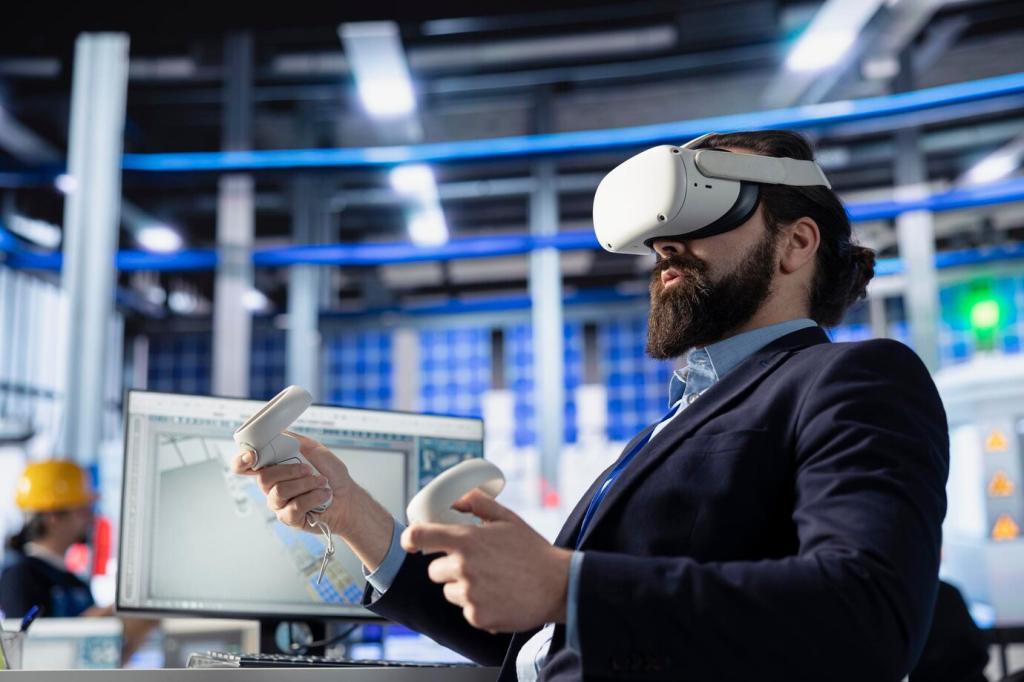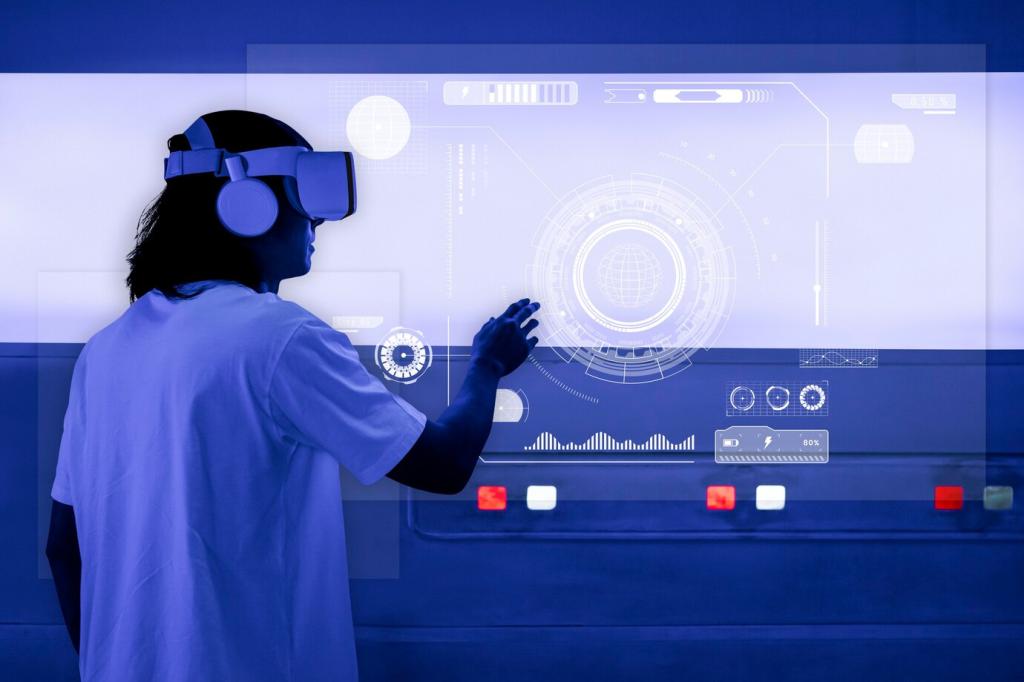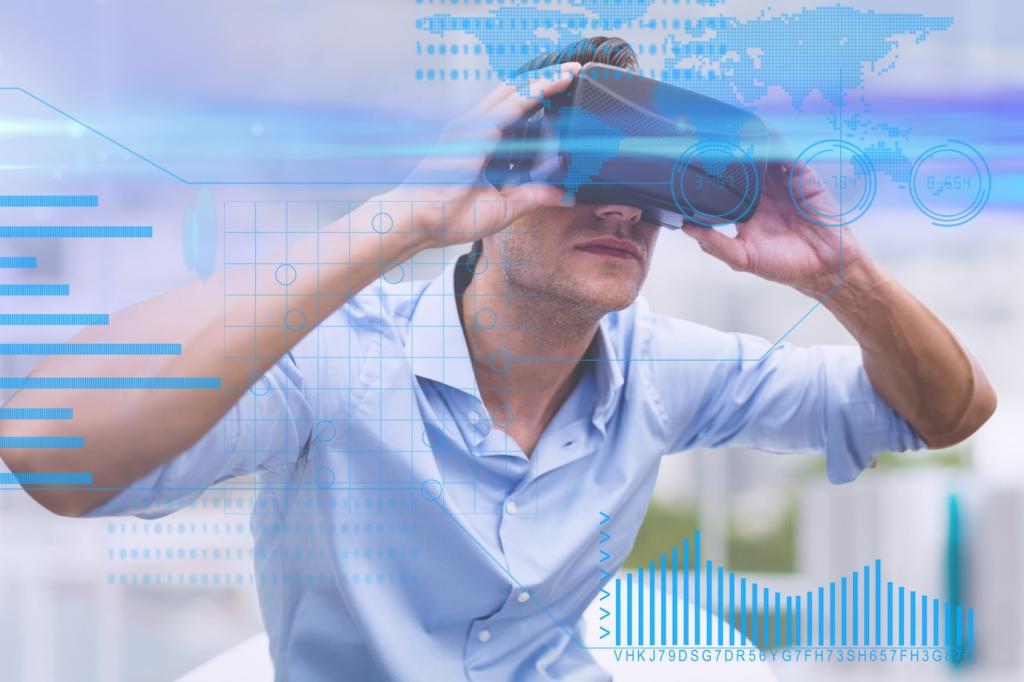Emerging Technologies in High-Tech Industry
The high-tech industry is experiencing a seismic shift as a multitude of groundbreaking innovations continue to emerge. These technologies are redefining the boundaries of what is possible, propelling enterprises, entrepreneurs, and individuals into a future characterized by rapid digital transformation. From artificial intelligence to quantum computing, each advancement creates ripple effects across global markets, introducing unprecedented opportunities and challenges. This page delves into the latest emerging technologies that are shaping the high-tech industry, exploring their core concepts, current trends, and potential impacts on various sectors.
Artificial Intelligence and Machine Learning
AI-driven automation is radically changing how organizations operate, optimizing repetitive processes, and reducing human error. Robotic process automation leverages intelligent algorithms to manage tasks ranging from data entry to customer service. The integration of AI with enterprise systems leads to increased productivity and allows human employees to focus on strategic initiatives. As AI continues to evolve, new automation possibilities emerge, fueling business competitiveness and operational efficiency. This movement doesn’t just streamline costs; it also opens avenues for innovation by freeing resources for creative problem-solving, ultimately reshaping the modern workplace.

Previous
Next
Smart Manufacturing and Industry 4.0
The concept of Industry 4.0 is built on IoT-enabled smart manufacturing, where interconnected production lines, supply chains, and machinery communicate in real time. Companies leveraging IoT in manufacturing enjoy predictive maintenance, improved asset utilization, and enhanced quality control. Sensors embedded in equipment transmit performance data, which AI systems analyze to prevent failures and optimize processes. These smart factories are flexible, adaptive, and highly efficient, making it possible to customize production runs and rapidly respond to market changes. Industry 4.0 is revolutionizing manufacturing by integrating digital and physical systems, driving innovation, and positioning organizations for sustained growth in dynamic markets.
Connected Homes and Smart Cities
Connected homes and smart cities are becoming hallmarks of modern living, powered by pervasive IoT networks. In smart homes, devices like thermostats, lights, and appliances can be controlled remotely and adapt to user preferences, promoting convenience and energy efficiency. On a larger scale, smart city initiatives use sensor data to manage traffic, monitor air quality, and optimize resource allocation. Urban planners are integrating IoT platforms to enhance sustainability, reduce congestion, and improve public safety. As cities evolve, the convergence of IoT, cloud computing, and AI is fostering environments that are not only more livable but also more resilient to future challenges.

Enhanced Mobile Experiences
The proliferation of 5G brings transformative changes to mobile computing and communication. Consumers and enterprise users benefit from faster download and upload speeds, seamless video streaming, and robust connectivity even in crowded or remote areas. These enhancements enable more sophisticated applications, such as real-time augmented reality, mobile gaming, and collaborative work environments that require high bandwidth. As mobile devices become integral to daily workflows, the power of 5G ensures that users can access rich content, cloud resources, and responsive services virtually anywhere, redefining expectations for mobile technology performance.

Enabling Autonomous Vehicles
5G plays a pivotal role in the development and deployment of autonomous vehicles by providing the low-latency communication required for real-time data exchange. Vehicle-to-everything (V2X) connectivity allows cars, infrastructure, and pedestrians to communicate instantaneously, enhancing navigation, safety, and traffic management. The high bandwidth and low latency of 5G empower vehicles to process sensor data, receive updates, and respond to dynamic driving conditions in milliseconds. As the automotive industry adopts 5G technology, the realization of fully autonomous transportation systems edges closer, promising profound societal and economic implications.
Edge Computing and Distributed Systems

Edge computing excels at supporting real-time data processing for latency-sensitive applications such as industrial automation, healthcare monitoring, and autonomous vehicle navigation. By processing data locally on edge devices or gateways, organizations minimize the delays incurred by transmitting information to distant cloud data centers. This immediate feedback is critical in scenarios where split-second decisions are essential for safety and operational efficiency. Real-time analytics at the edge enhance overall system performance and reliability, giving businesses a competitive advantage while facilitating the evolution of mission-critical digital services.

Previous slide
Next slide
Previous
Next
Immersive Technologies: AR, VR, and XR
Augmented reality (AR) overlays digital information onto real-world environments, enhancing the way professionals interact with equipment, data, and each other. In industrial settings, AR-powered headsets and devices provide technicians with hands-free access to schematics, real-time instructions, and remote expert support. This improves efficiency, reduces errors, and accelerates training for complex tasks. AR also streamlines maintenance operations, allowing teams to diagnose issues visually and perform guided repairs. Beyond manufacturing, AR is making an impact in sectors like construction, automotive, and aerospace, revolutionizing workflows and opening new pathways for productivity and collaboration.
Green Tech and Sustainable Innovation
Renewable Energy Integration
The integration of renewable energy sources—such as solar, wind, and hydro—into power systems is transforming the high-tech sector. Companies are adopting on-site renewables to reduce operational emissions and energy costs, supplementing grid power with clean energy wherever possible. Smart grids and AI-based energy management platforms are optimizing usage patterns, storage, and energy trading. Advances in materials science have enabled the creation of more efficient photovoltaic cells and turbine designs, boosting the performance and viability of renewables. As the cost of sustainable power continues to fall, high-tech companies are leading the way in decarbonizing operations and building more resilient energy infrastructures.

